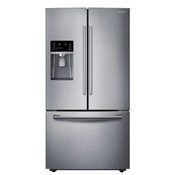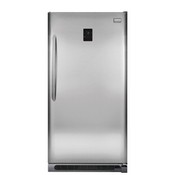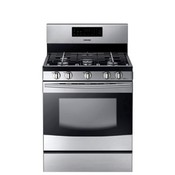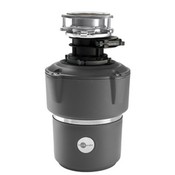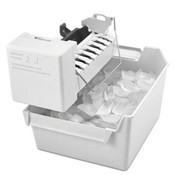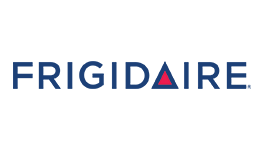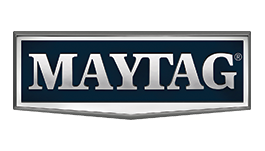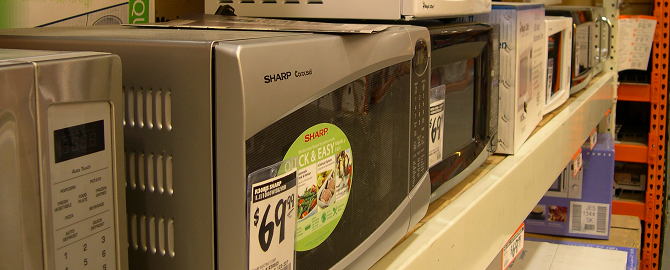Microwave ovens have modernized cooking, making it much more convenient for busy households. More of these units are now sold than any other small home appliance, and ninety percent of homes in America have one. In order to get the most out these appliances, it is important for consumers to learn the proper way to use them to help reduce the need for microwave repair and avoid injury due to improper use.
Preventing Safety Issues
In order to prevent safety issues, you must first understand how microwave ovens work. When turned on, these appliances produce microwaves that are absorbed into food, causing the molecules to excite and heat up. Foods with higher water content respond best since water or fluids in the food react faster. This type of reaction works very well to cook food but can have a negative effect on unsafe containers and improperly prepared foods, and require for microwave repair.
Safe Use of Microwave Ovens
Improper use of microwave ovens can lead to injury and property damage. Following are a few basic safety rules that can prevent such incidents:
-
Microwave Safe Containers – Many people assume that any type of container can be put into the appliance, which is an incorrect assumption. Glass and paper containers are safe as long as they do not contain any metal parts; plastic should specifically state “microwave safe” to avoid safety issues.
-
Venting – Both containers and food need to vent during cooking to prevent food explosions. Food undergoing the effects of microwaving expands and creates steam vapors, making venting essential. Containers sealed with plastic wrap require cutting a slit in the wrap; dense or sealed foods such as hotdogs, potatoes, squash, or thick-skinned vegetables require fork venting by poking holes in them; and certain foods such as eggs in the shell should not be heated in a microwave at all.
-
No Metals – Metal cannot absorb microwaves, which bounce off its surface instead, frequently causing a spark in the process, which could start a fire within the appliance. Fires that happen this way cause millions of dollars in home damage every year. Avoid metal handles on takeout cartons, twist-ties, china plates, and containers with and metal that could lead to needing microwave repair.
-
Check for Damage – Microwave ovens in good condition are safe to use. Regularly checking for damage with the rubber seals around the doors is essential to promote safety and prevent accidents. If door seals or any other appliance parts seem worn or if there are cracks on the door, loose or bent hinges, or dents in the unit, or if foods fail to get hot, microwave repair may be necessary.
Safe Food Handling
Because of how microwaves function, food tends to get very hot and create a lot of steam. Scalding steam that burns and handling heated food are the main injuries reported with microwaves. It is essential that containers be allowed a minute or two to cool to prevent burns.
Be careful when heating water as it can come to a boil abruptly. Surface tension that contains heat and water reaction breaks when containers are moved which could splash someone handling the container. This can be prevented by heating liquids with a microwave-safe spoon in the container to break surface tension.
By heeding these simple warnings and following all manufacturers’ instructions, consumers can get years of safe, efficient use from their microwave. Physical damage to the door or box or inefficient heating of foods are all warning signs of problems and maybe the need for microwave repair. For best results, units that are more than ten years should have carefully examined so you can continue to enjoy the convenience of microwave ovens!
Looking For Microwave Repair In College Station TX?

